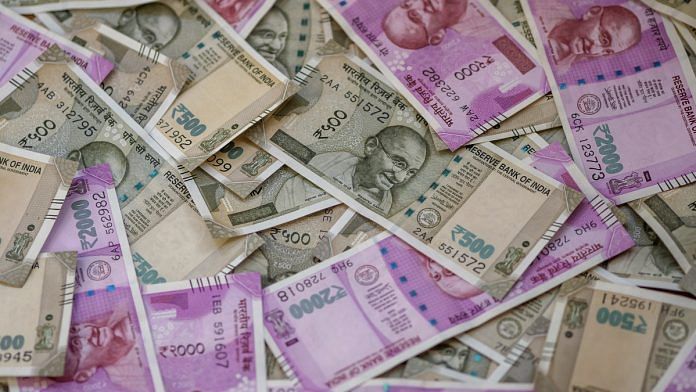Washington: India retained its position as the world’s top recipient of remittances with its diaspora sending a whopping USD 79 billion back home in 2018, the World Bank said in a report Monday.
India was followed by China (USD 67 billion), Mexico (USD 36 billion), the Philippines (USD 34 billion), and Egypt (USD 29 billion), the global lender said.
With this, India has retained its top spot on remittances, according to the latest edition of the World Bank’s Migration and Development Brief.
Over the last three years, India has registered a significant flow of remittances from USD 62.7 billion in 2016 to USD 65.3 billion 2017.
“Remittances grew by more than 14 percent in India, where a flooding disaster in Kerala likely boosted the financial help that migrants sent to families, the Bank said.
In Pakistan, remittance growth was moderate (seven per cent), due to significant declines in inflows from Saudi Arabia, its largest remittance source. In Bangladesh, remittances showed a brisk uptick in 2018 (15 per cent).
According to the report, remittances to low-and middle-income countries reached a record high of USD 529 billion in 2018, an increase of 9.6 per cent over the previous record high of USD 483 billion in 2017.
Global remittances, which include flows to high-income countries, reached USD 689 billion in 2018, up from USD 633 billion in 2017, it said.
The Bank said, remittances to South Asia grew 12 per cent to USD 131 billion in 2018, outpacing the six per cent growth in 2017.
“The upsurge was driven by stronger economic conditions in the United States and a pick-up in oil prices, which had a positive impact on outward remittances from some GCC countries,” it said.
The Gulf Cooperation Council (GCC) is a regional inter-governmental political and economic bloc of Bahrain, Kuwait, Oman, Qatar, Saudi Arabia and the UAE.
However, the Bank in its report rued that the global average cost of sending USD 200 remained high, at around seven per cent in the first quarter of 2019.
Reducing remittance costs to three per cent by 2030 is a global target under Sustainable Development Goal (SDG) 10.7. Remittance costs across many African corridors and small islands in the Pacific remain above 10 per cent.
On ways to lower remittance costs, Dilip Ratha, lead author of the Brief and head of KNOMAD, said, “Remittances are on track to become the largest source of external financing in developing countries. The high costs of money transfers reduce the benefits of migration. Renegotiating exclusive partnerships and letting new players operate through national post offices, banks, and telecommunications companies will increase competition and lower remittance prices.
Also read: India needs more, not less, globalisation for its workers to enjoy higher salaries







There is a big army of Indians and Indian Origin PIOs who are fighting around the world,
not with Guns but with their sweat & brains- they are the unsung heroes of our economic survival.
But for them, Indian Rupee would have been where Pakistani Rupee is now, at more than 100 to 1 US$…
Indian currency has been a victim of 3 mistakes of Indian Govt a) Not pushing Indian origin exports
and silently tolerating under invoicing as a corporate practice b) Encouraging the well-off Indians
and those engaging in local criminal enterprises to keep their money outside by not taking action
even when their names and banks are well known c) Encouraging gold smuggling and its eventual distribution into local economy thus generating funds for black market- again by by not taking action
even when their names and banks are well known to public (how do they know but Govt does not know)
Thank God that at least the amount of inward remittances is now published which
BTW could be much more if the Havala racketeers are put in jail.
India succeeds inspite of its local corrupt politcal elite – partly becuase of its NRIs.
One of the sweetest fruits of globalisation.